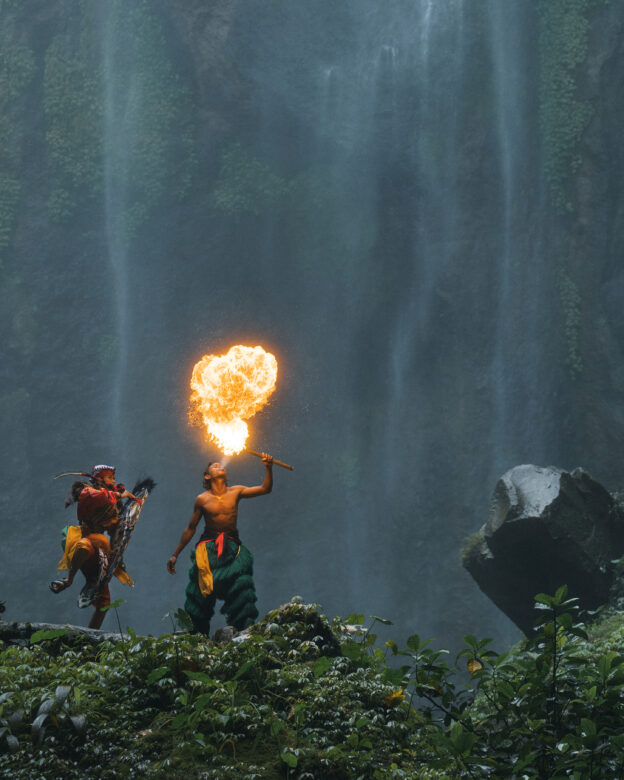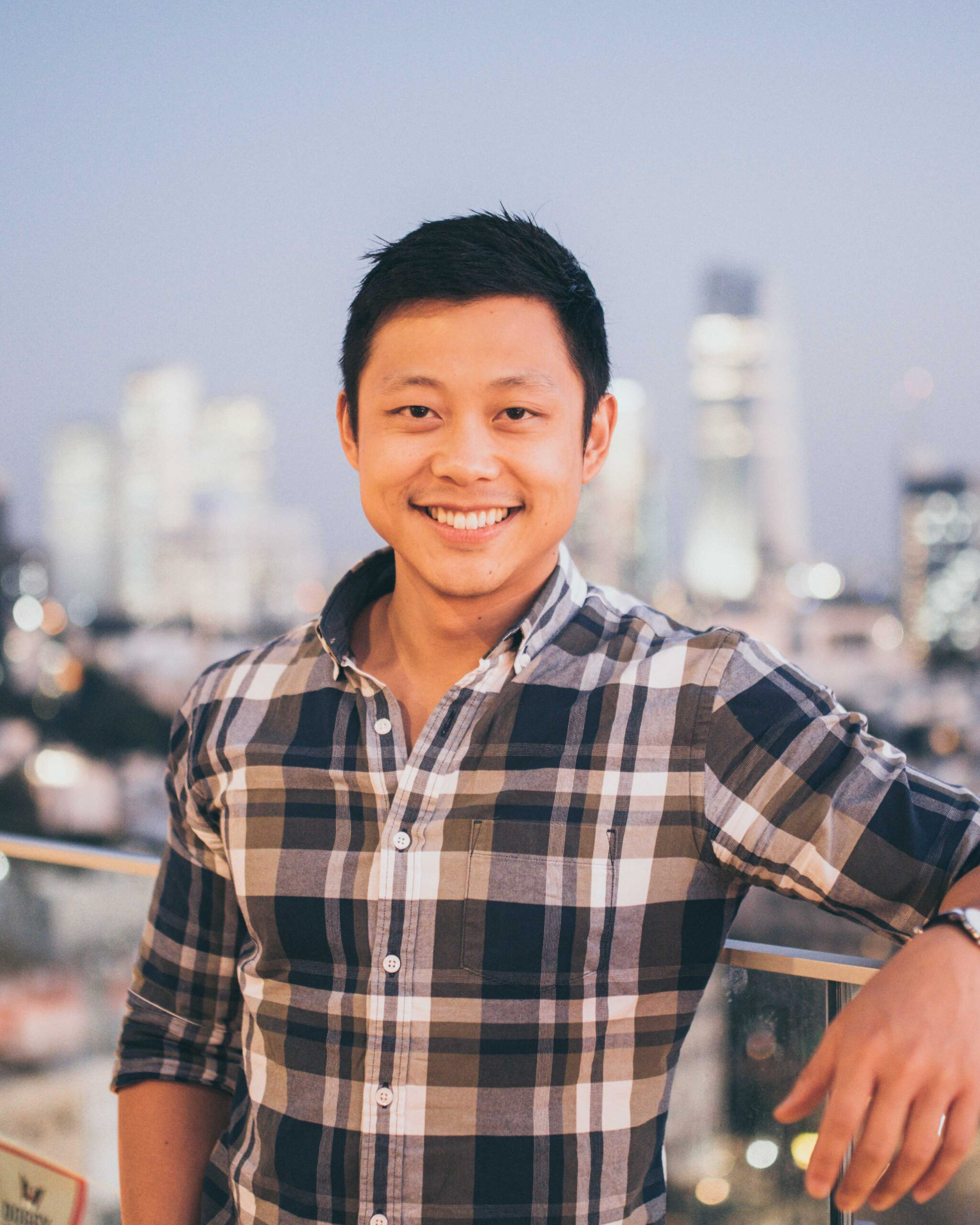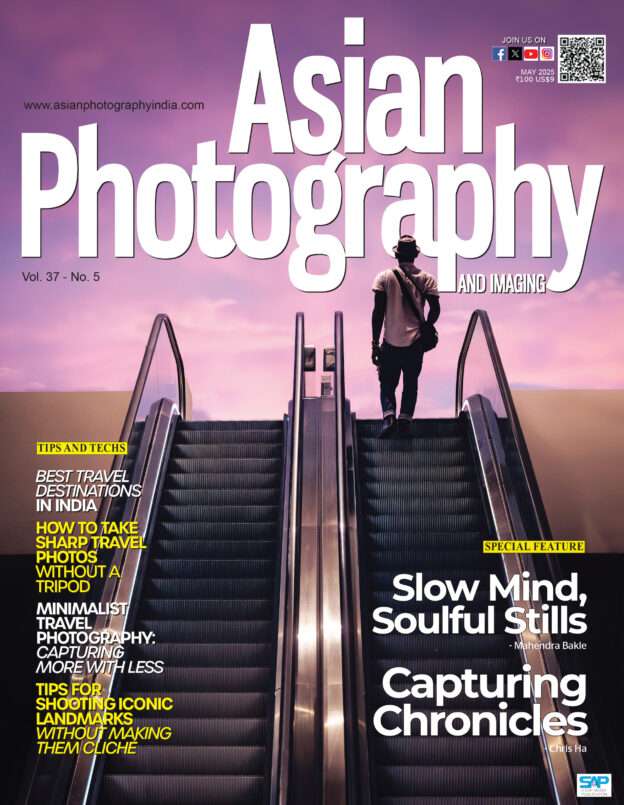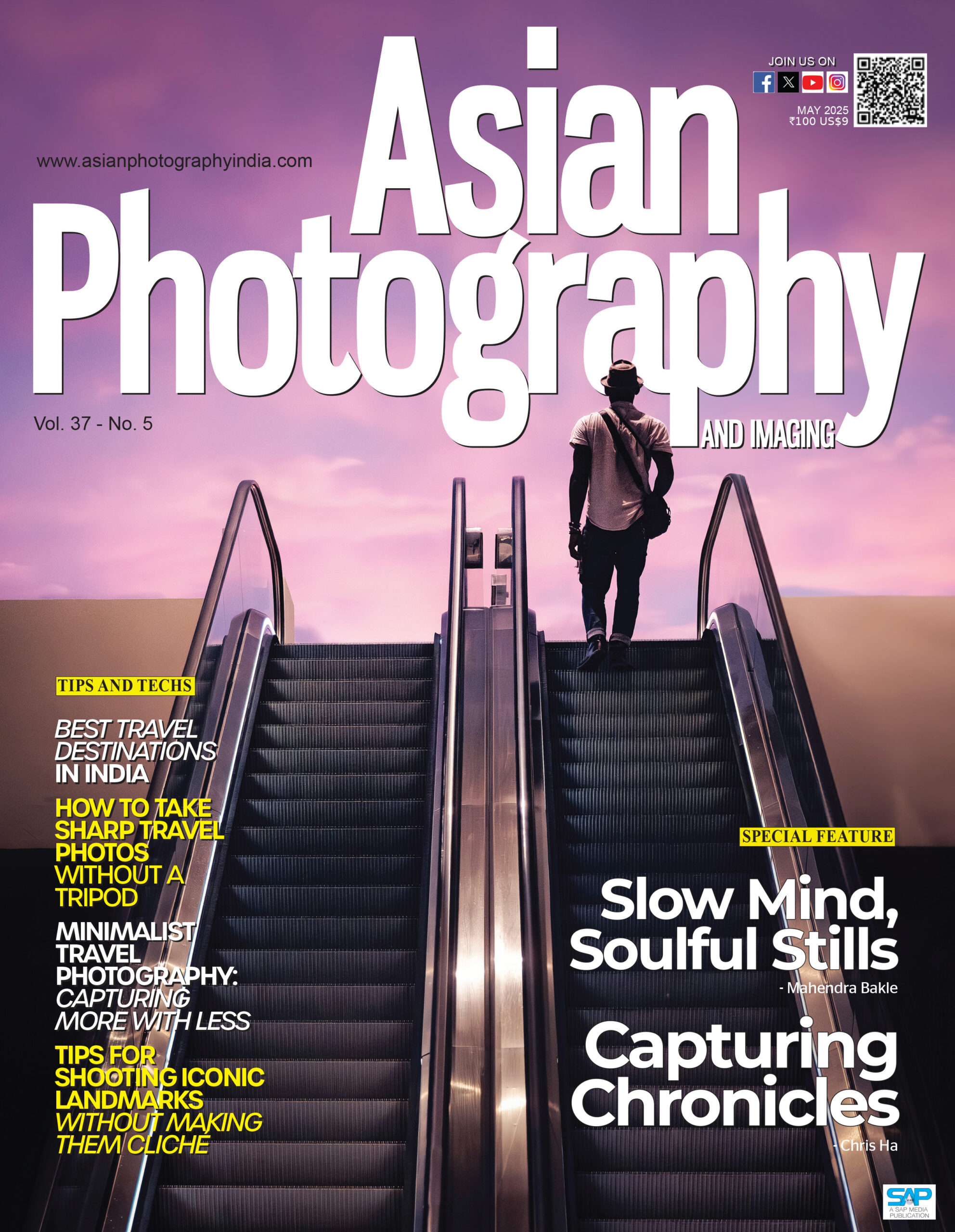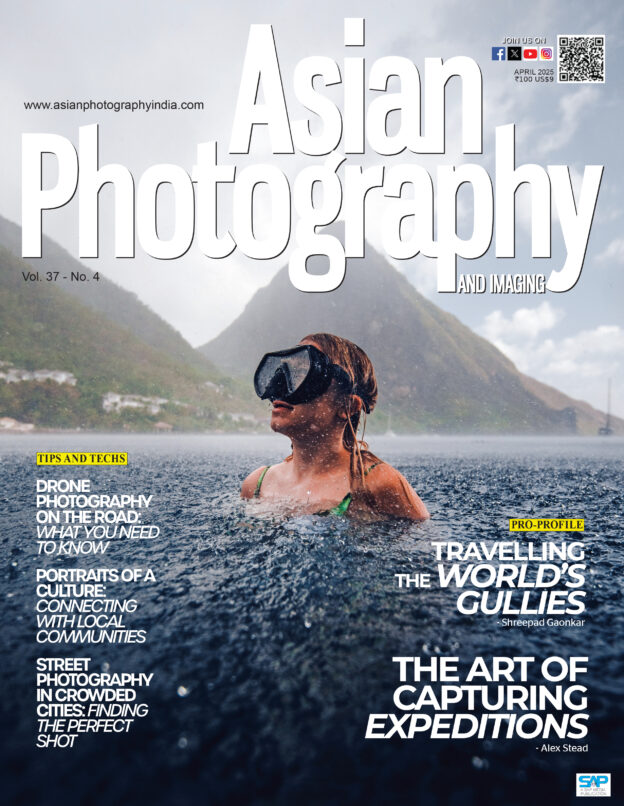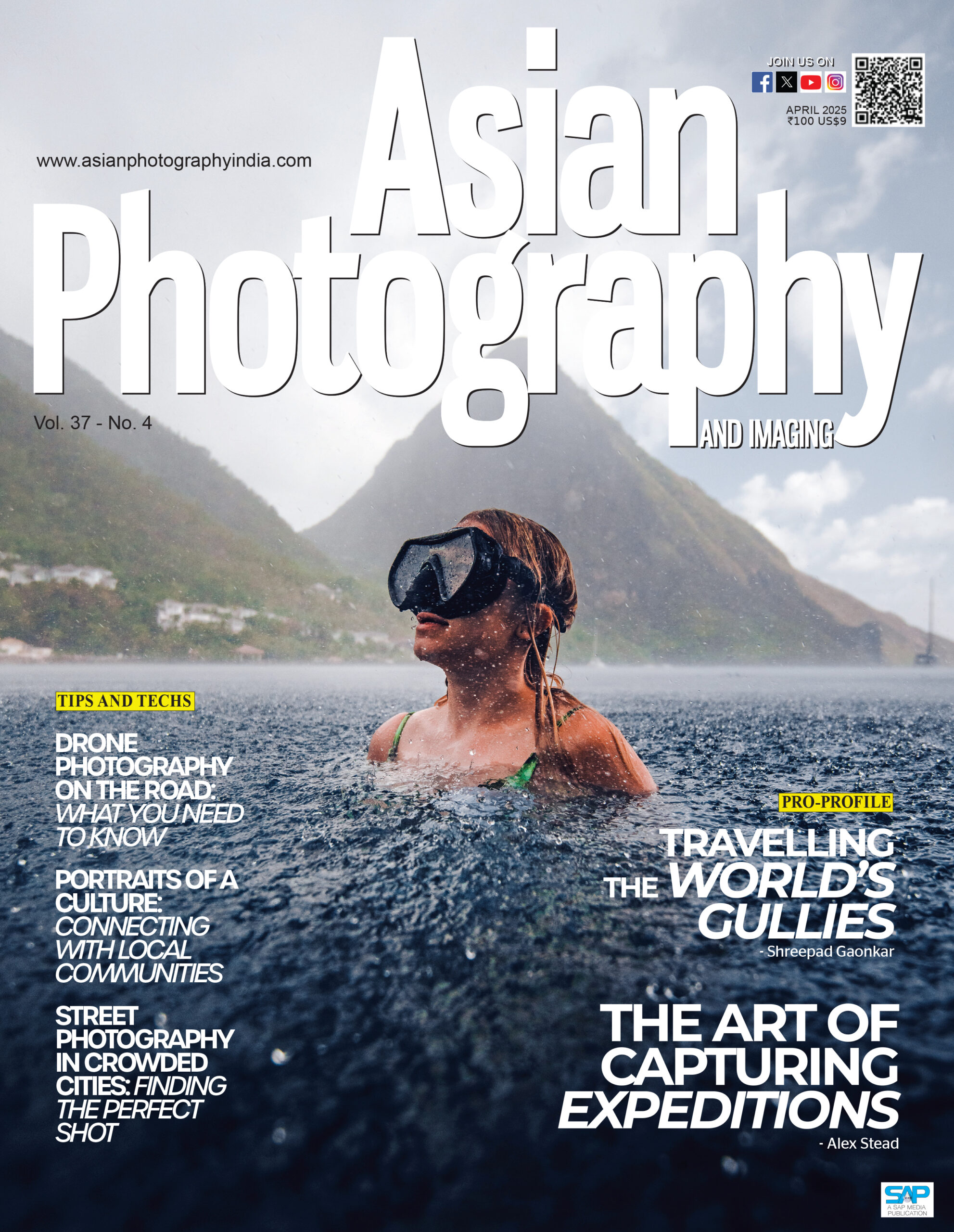
Mahendra Bakle is a travel and documentary photographer from India whose work captures cultural stories and human connection across Asia. His images—often set in remote villages—blend natural light, emotion, and authenticity to reflect the soul of a place. Previously featured on our On The Horizon section, he’s now an internationally acclaimed artist featured in publications like National Geographic and more. Asian Photography caught up with him, talking about the evolution of his work, travel lessons, underrated skills and more. Excerpts:
How would you introduce yourself to someone who’s never heard of your work?
I’m a travel and documentary photographer from India. My work focusses on capturing cultural stories, traditions, and people in their natural environments, typically in remote and lesser-known regions across Asia. I’m especially drawn to moments where light, texture, and human emotion intersect. I spend time getting to know the people I photograph, typically sharing conversations, tea, or even laughter before lifting the camera. This approach helps me create authentic, respectful portrayals of the soul of a place and its people.
But, at the core, I remain a curious traveller with a deep love for culture, light, and storytelling through the lens.
How have you and your work evolved over the years?
Over the years, both my photography and my personal perspective have evolved in profound ways. When I first started, I was focussed mainly on capturing beautiful moments — interesting faces, scenic places, or striking compositions. But as I travelled more, especially through remote villages and culturally rich regions across Asia, I realised that the real power of photography lies in storytelling and human connection.

I’ve grown from being a silent observer to an engaged documentarian. Now, I spend more time understanding the people I photograph—their lives, traditions, and daily rituals. That connection reflects in my work, which has become more intimate, emotionally layered, and culturally grounded.
I’ve evolved technically as well. My editing style has become more refined—natural tones, subtle light enhancements, and a focus on preserving authenticity. Tools like Lightroom and Photoshop have helped, but the biggest change was internal: I’ve learned to slow down, wait for the right moment, and let the story reveal itself rather than chase it.
Each image today feels less like a photo and more like a conversation—a small but powerful bridge between cultures. That’s the evolution I’m most proud of.
What’s the earliest lesson travel has taught you, and is it still relevant today?
One of the earliest and most important lessons travel taught me is humility—the understanding that no matter how much you know, there’s always more to learn from the world and its people. When I first began travelling for photography, I would enter a place with a camera and curiosity. But very quickly, I realised that true stories don’t come to you unless you slow down, listen, and approach every place and person with deep respect.
While sitting with a tribal elder in Nagaland or sharing coffee with a monk in Myanmar, I learned that being present and open-hearted reveals far more than any guidebook ever could. That lesson remains just as relevant today—if not more—especially in a world where things move fast and surface-level interactions are common. For me, meaningful photography still begins with humility, patience, and respect. These are timeless values, both in life and in art.
Has Instagram changed your perspective about photography?

Yes, Instagram has definitely influenced my perspective—both in positive and challenging ways. In the beginning, it pushed me to be more consistent with my work, to develop a recognisable style, and to curate how I present stories. It helped me connect with photographers and cultures around the world, and brought my work to people I would have never reached otherwise. That visibility has opened doors to exhibitions, collaborations, and even meaningful conversations with strangers who resonated with an image.
However, I’ve also had to be careful not to let the platform dictate my vision. With the constant pressure to post, chase engagement, or follow trends, it’s easy to lose sight of why we begin in the first place. I’ve learned to use Instagram as a tool to share, not perform—to stay true to the slower, more intentional documentary style that defines my work, even if it doesn’t always follow the algorithm.
My core values in photography — storytelling, authenticity, and connection—remain unchanged even with the challenge that Instagram has presented.
With photography becoming more democratized now, what’s the most underrated skill newcomers ought to focus on?
In today’s world, almost anyone can take a beautiful picture—cameras are smarter, editing tools are more accessible, and inspiration is everywhere. Amidst all this, I think the most underrated skill is developing and staying true to your own unique visual style and voice.
When I look back at my journey, what set my work apart wasn’t just technique—it was the consistency in how I saw and told stories. For me, that meant focussing on natural light, human connection, cultural authenticity, and subtle, respectful colour tones. It took time to discover that voice, and even more discipline to protect it from trends and algorithms.
Newcomers often try to replicate popular styles for quick attention, but I believe true growth comes from shooting what you genuinely care about, again and again, until your work begins to speak for you—even without a caption.
So yes, learn the technicals, explore platforms, be inspired—but also spend time understanding what moves you, and allow that to shape your photography. That’s what will make your work stand out in the long run.
How do you think one can stay curious after mastering the basics?
I stayed curious by remembering why I started photography in the first place—not just to make technically perfect images. Even after mastering the basics, I still approach every assignment or journey with the mindset of a student. Curiosity grows when you step out of your comfort zone—whether it’s visiting a new place, learning from someone else’s process, or even trying to see the familiar with fresh eyes. Sometimes, I’ll go back to the same village or location, but with a different lens—emotionally and literally—and it leads to a completely new perspective.
I also find inspiration in slowing down. When you stop chasing shots and start observing more deeply, new layers begin to reveal themselves—light changes, human expressions shift, stories unfold. That’s where curiosity thrives.
So for me, the key is to keep exploring—not just the world, but also within myself. Photography is not a destination; it’s a lifelong journey, and there’s always something new to learn, feel, or express.
How do you teach someone to capture the story of a place rather than just a pretty snapshot?
I tell them to slow down, observe, and connect with the people and rhythm of the place. Understand the culture, light, and emotions around you. A story isn’t just seen—it’s felt. When you feel it, the camera becomes a bridge, not just a tool. That’s when storytelling truly begins.
How do you measure your success?
I measure success not just by awards or recognition, but by the emotional connection my work creates. When someone sees one of my images and feels something—curiosity, empathy, respect—that’s success. It’s also in the trust of the people I photograph and the stories I’m honoured to share with honesty and heart.
What’s your photographic signature?
My photographic signature lies in capturing authentic cultural moments with natural light, soft tones, and emotional depth. I focus on people in their environments—often in rural or remote regions—framed with simplicity, texture, and quiet storytelling. My images aim to reflect not just what a place looks like, but what it feels like.


